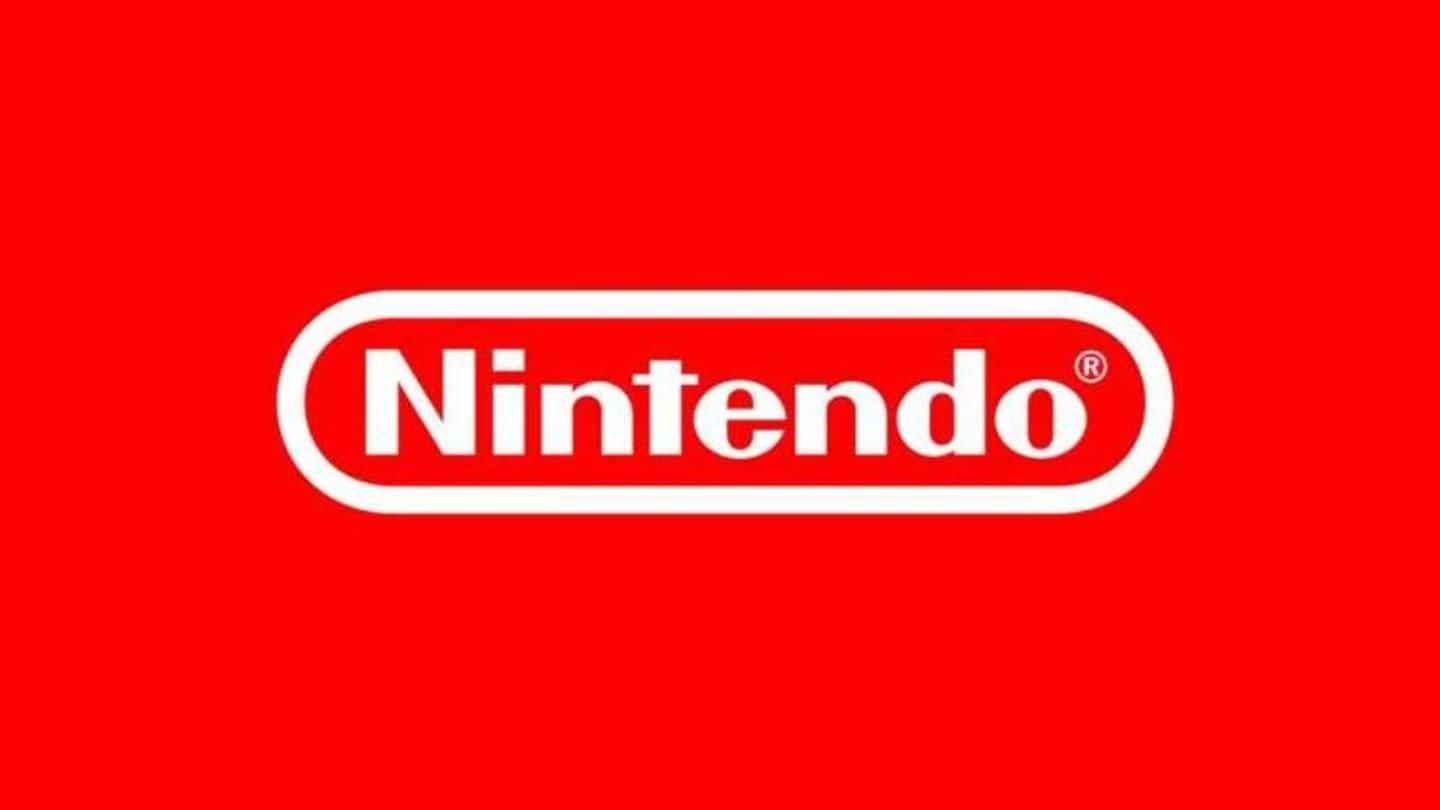
#GamingBytes: Nintendo the undisputed leader of gaming industry
What's the story
Nintendo announced, recently, that it has now sold 725 million video game consoles in 35 years. This is not just a personal milestone for Nintendo but a huge mark for the gaming industry as well. The gaming giant is famous for iconic games like 'Mario' and 'Pokémon' Its most popularly sold products remain the Nintendo DS and Wii. Here we decode its journey.
The early years
A brief history of humble beginnings
The Japanese company is associated with iconic game-characters and ground-breaking consoles. However, it has been around for 125 years and initially was in a different business. The company was started in 1889 by Fusajiro Yamauchi. It was called 'Nintendo Koppai' and made playing cards called 'Hanafuda'. In 1956, Hiroshi, the grandson of Yamauchi, started diversifying. A major breakthrough came when it partnered with Disney.
Collapse
The house of cards falls but Nintendo doesn't
Nintendo went public in 1962, but soon its card business collapsed. It was in dire straits, but a new Christmas exclusive helped it to remain afloat. Released in 1970, the 'Ultra Hand' was an extendable arm. It sold over a million units. In 1974, it tied up with Magnavox Odyssey and started distributing the world's first home video-game console in Japan. Rest is history!
Consoles
A step in the right direction
After realizing the future is video-games, Nintendo released the first hand-held video-game in 1980. It was called Game & Watch and considered a precursor to the popular Game Boy. It had games like Zelda, Mario, and Donkey Kong. In 1983, its first console Famicom came out. 1985 was the year of global stardom for the behemoth as The Nintendo Entertainment System hit the USA.
Game Boy arrives
Raining cash and there's no looking back
In 1988, the company recorded a revenue of $1.5 billion, which was three times that of the global industry 3 years back. There was no stopping as 1989 saw the launch of Game Boy, which coupled with the popular game Tetris, set Nintendo up for the future. The Super Nintendo Entertainment System came out soon and the 16-bit engine ran popular titles like SimCity.
VR gaming
An experiment and a dying breed
In 1995, Nintendo attempted a foray into VR-gaming, through Virtual Boy, which was a disaster. However, in 1996, the giant rose like a phoenix and come out with the Nintendo 64. This console targeted hardcore gamers. Sony's PlayStation had arrived by then and Nintendo tried to compete with the Game Cube. Although the venture didn't succeed, it switched cartridges for discs and supported online-gameplay.
DS and Wii
A new breed of gamers and new customer pool
Having lost the core gamer base, the company adapted and launched Nintendo DS or Dual Screen to target children and casual gamers. The next step was the launch of Wii in 2006. This increased interactivity and took the experience from being gamer-centric to family-centric. However, its development of Wii U in 2012 wasn't a success due to the competition from PS4 and XBox One.
The future
What next for Nintendo?
With many ups and downs, the company has still survived and its recent sales record shows that it is here to stay. However, with changing times it is adapting as well and Nintendo will next target the smartphone gaming platforms. Furthermore, its NX, an upcoming console might prove to be a game-changer. With its dominance in hand-held consoles, Nintendo remains one of the top-dogs.